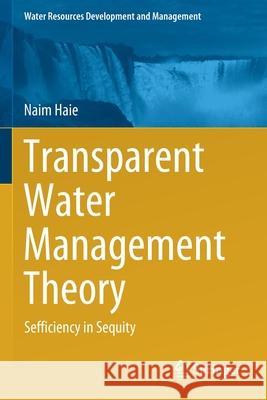Transparent Water Management Theory: Sefficiency in Sequity » książka
topmenu
Transparent Water Management Theory: Sefficiency in Sequity
ISBN-13: 9789811562860 / Angielski / Miękka / 2021 / 119 str.
Transparent Water Management Theory: Sefficiency in Sequity
ISBN-13: 9789811562860 / Angielski / Miękka / 2021 / 119 str.
cena 201,72 zł
(netto: 192,11 VAT: 5%)
Najniższa cena z 30 dni: 192,74 zł
(netto: 192,11 VAT: 5%)
Najniższa cena z 30 dni: 192,74 zł
Termin realizacji zamówienia:
ok. 22 dni roboczych
Bez gwarancji dostawy przed świętami
ok. 22 dni roboczych
Bez gwarancji dostawy przed świętami
Darmowa dostawa!
Kategorie BISAC:
Wydawca:
Springer
Seria wydawnicza:
Język:
Angielski
ISBN-13:
9789811562860
Rok wydania:
2021
Wydanie:
2021
Numer serii:
000314332
Ilość stron:
119
Waga:
0.20 kg
Wymiary:
23.39 x 15.6 x 0.74
Oprawa:
Miękka
Wolumenów:
01
Dodatkowe informacje:
Wydanie ilustrowane











